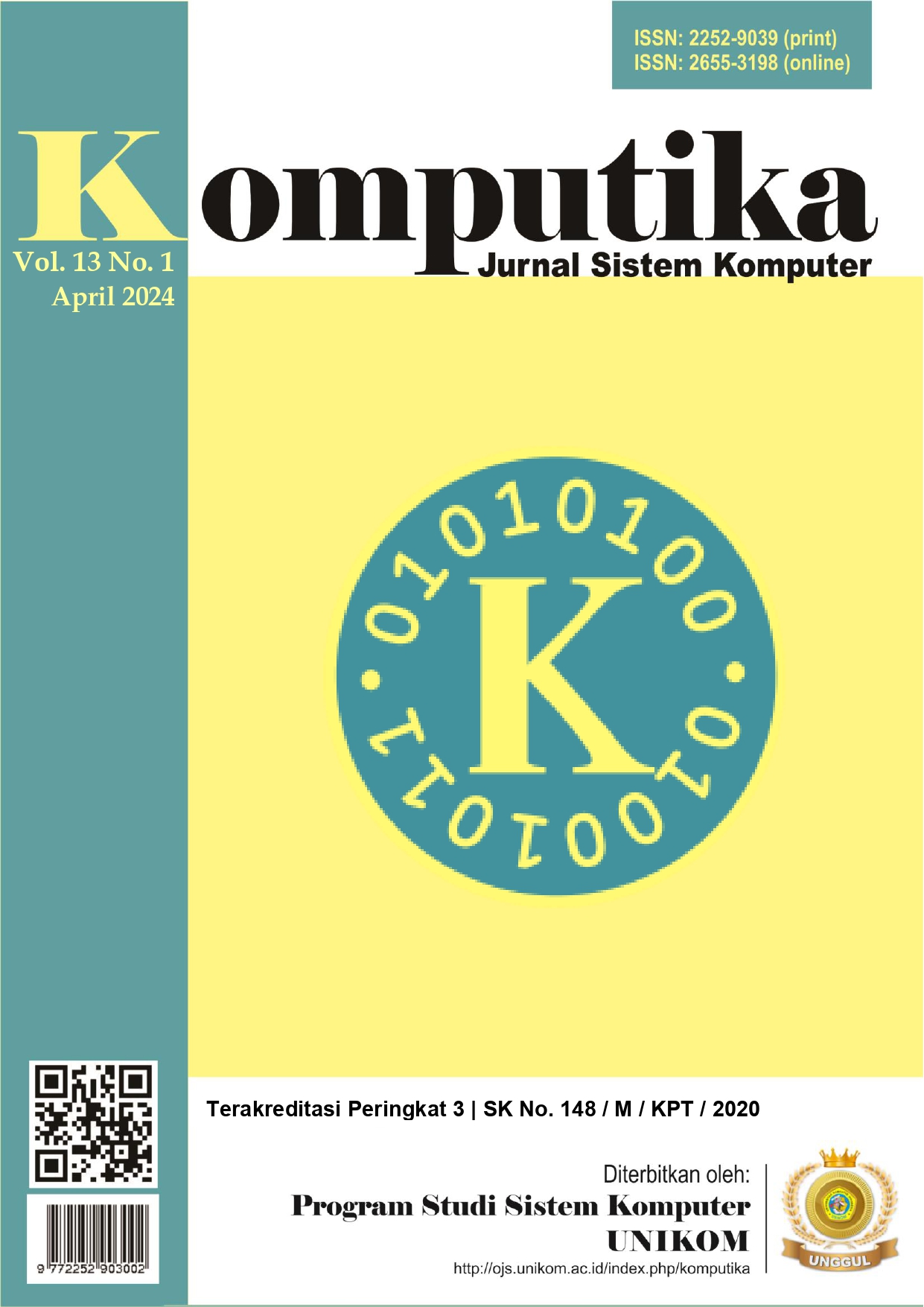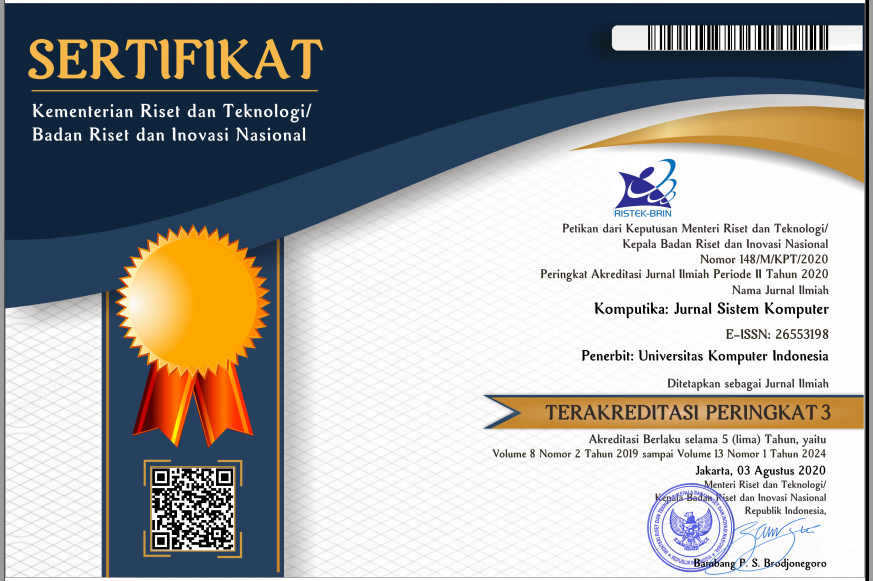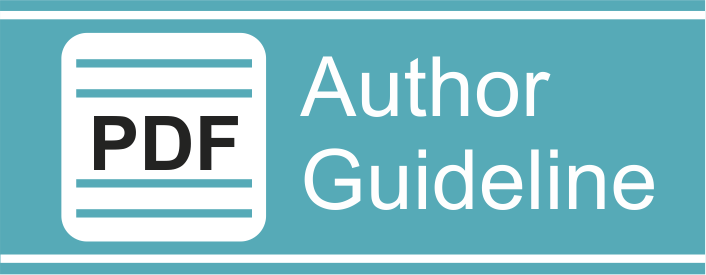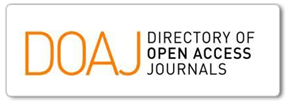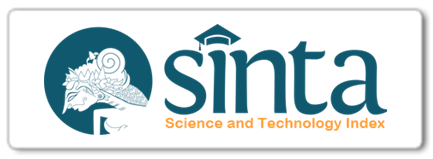Pemodelan Clustering Ward, K-Means, Diana, dan PAM dengan PCA untuk Karakterisasi Kemiskinan Indonesia Tahun 2021
DOI:
https://doi.org/10.34010/komputika.v13i1.10803Abstract
Poverty is a serious and quite complex problem. Poverty is influenced across sectors from various factors. Poverty grouping can be done for planning and evaluating poverty programs. Cluster analysis using the ward, k-means, diana, and PAM methods can be used to group provinces in Indonesia based on six poverty indicators, namely the percentage of poor people (P0), poverty depth index (P1), poverty severity index (P2), Open Unemployment Rate (TPT), Literacy Rate (AMH), and Average Years of Schooling (RLS). Based on the evaluation of the model, the best cluster model was obtained using the ward approach with Principal Component Analysis (PCA) analysis. PCA is proven to be able to maximize the performance of clustering models. The cluster ward model forms five optimal clusters with provinces with very low to very high poverty rates.

